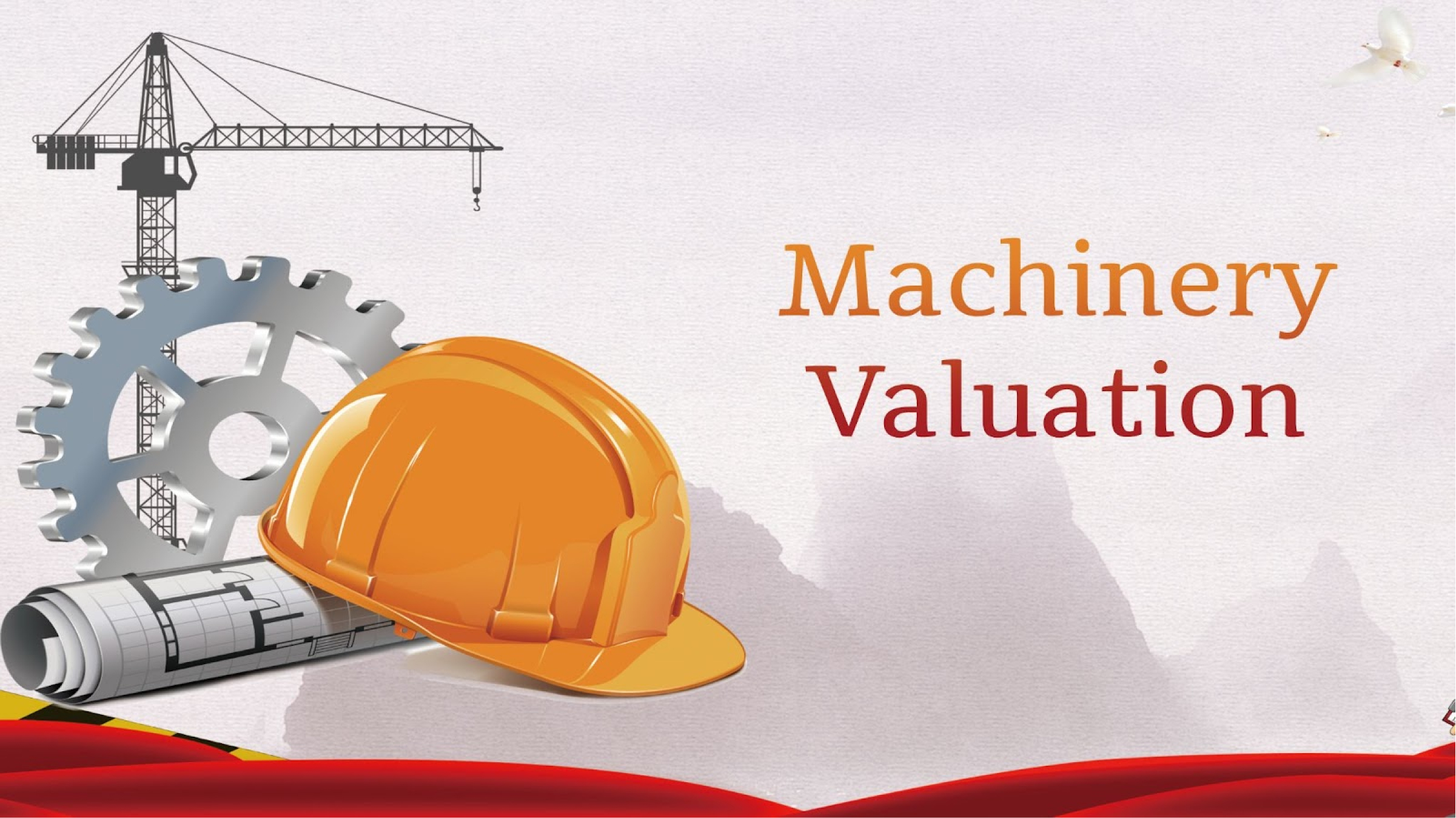For a budding company, the prospect of using second-hand machinery is more enticing because of the low investment costs. However, approaching that task isn’t as easy as it sounds. There are many second hand machines suppliers & getting the right machine from them could be tricky.
To help you, we will go over the proper appraisal of second hand machines along with the factors taken into consideration.
Appraisal of machines
The appraisal of machinery differs from the appraisal of any other asset. The major factors that influence this are:
- The value of the company in the present
- The value of the company if all the assets were to be sold, and the company liquidised
- Installation value of the machine
Keeping these factors in mind, there are 3 steps for appraisal analysis:
- The maximum value of a property to a knowledgeable buyer
- Direct market prices
- The total monetary value of the sum of all products made using the machinery.
Deprecation
Once the preliminary steps of an evaluation are completed, then the deprecation of the machinery can be taken into account, this is especially important for the second-hand machines suppliers since the deprecation would affect the selling price.
The deprecation of machines is commonly taken in an annual time frame so as to not complicate the calculation.
The accumulated depreciation can be found by multiplying the average annual deprecation multiplied by the age of the machine.
Calculation of selling price
To calculate the selling price of the machinery we simply subtract the accumulated depreciation of the machine from the current market price of the machine:
Selling price = Original cost - Accumulated depreciation
The market approach to value
The market value for used machines is found using:
- Selling price & offering price
- Cost of delivery
- Installation
- Taxes
The second-hand machine suppliers must keep in mind that the market value is subject to change as the supply and demand for machines is in constant flux, with some exceptions.
The income approach to value
This is another method by which the buyer may interpret the value of a machine. The income approach is factoring in the income that can be produced by the machine to the buyer, in other words, how useful it can be in the future for the buyer.
The cost approach to value
The cost approach is more commonly used for machines not available in commercial markets, which is usually due to the fact of their highly specialized nature. The value of the machine is then highly influenced by the age of the machine as well as the condition and installation fee, rather than the market prices.
Insurance
When buying machinery from second-hand machines suppliers, the buyer may be inclined more towards the supplier that offers machines that are covered by proper insurance, even if the cost of an insured machine is greater than that of an uninsured one.
The most basic values that are used for insurance purposes are:
- Actual cash value: The remaining life of the machinery
- Replacement cost new: Cost of buying a first-hand machinery
- Reproduction cost new: Cost of manufacturing a duplicate

